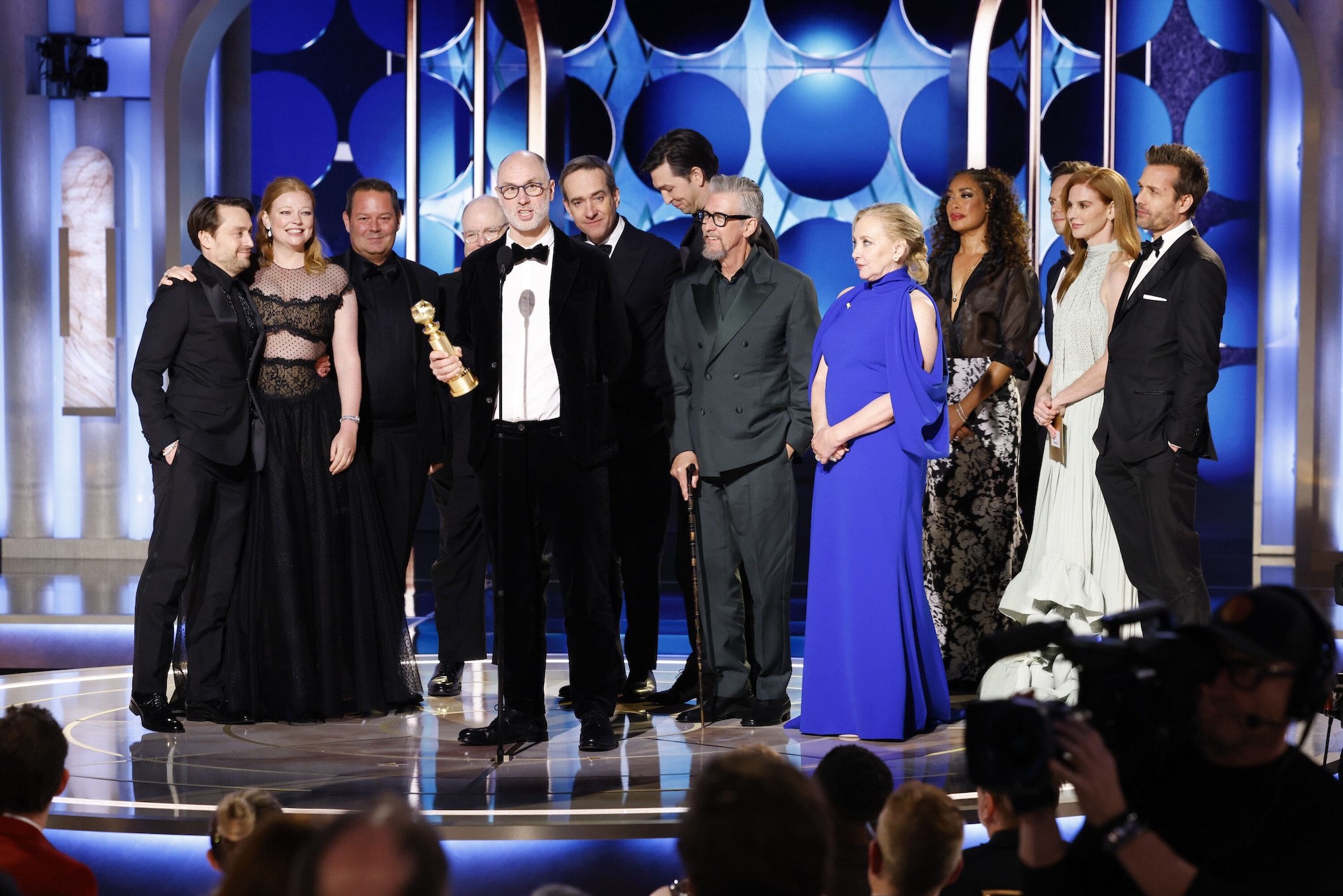In early January of this year, Sonic the Hedgehog 2 set off a loud boom at the domestic box office when opening to $72.1 million in theaters. Paramount insiders estimated that nearly 60 percent of the audience on opening weekend were kids and parents, proving that families were indeed willing to set aside concerns about the ongoing pandemic and return to theaters. Hollywood and theater owners breathed a huge sigh of relief.
But when Pixar and Disney’s Toy Story spinoff Lightyear debuted in cinemas over Father’s Day weekend, only about 38 percent of those turning out were families, helping to explain why the movie launched to $50.6 million, instead of an expected $70 million to $85 million. Worse, it bowed in second place behind holdover Jurassic World Dominion in a surprise upset, even if it could boast the best opening of the pandemic for an animated film (Sonic was a live-action/CGI hybrid).
By Sunday night of the June 17-19 weekend, everyone in Hollywood was asking the same question, since the opening couldn’t be pinned only on the pandemic: What happened?
Disney insiders privately point to mixed reviews from critics — at least for a Pixar offering — less-than-rave audience scores, as well as marketing and brand confusion.
Pixar movies have always been known for attracting both younger and older adults who don’t have kids, but the family turnout for Lightyear was notably light. In June 2019, about 45 percent of ticket buyers for Toy Story 4 were kids and parents. Kids are notorious for being repeat viewers, which can propel a big screen movie to enjoy incredible multiples.
Nor did it help that Lightyear became a political punching bag for conservative Republican lawmakers when a same-gender kiss scene was reinstated in the film after Pixar employees said Disney was censoring “overtly gay affection” following the uproar over Disney CEO Bob Chapek’s handling of Florida’s “Don’t Say Gay” bill.
Following the movie’s opening over Father’s Day weekend, U.S. Representative Jim Jordan (Ohio), who is the minority ranking member of the House Judiciary Committee and has 2.8 million followers, tweeted on June 21, “Buzz Lightyear went woke. Disney went broke.” And a verified Twitter account for the GOP Judiciary Committee boasting more than 223,000 followers followed by tweeting, “make Toy Story great again.”
There’s no hard-and-fast evidence proving that the political conversation hurt Lightyear, although the film did underindex by a fairly large margin in the midwest, according to a source with access to Comscore regional data. (Toy Story 4 was within the range of normal three years ago in the midwest.)
Disney insiders counter that red-leaning states contributed the same percentage of the overall gross for Lightyear that they did for Sonic 2.
Lightyear also underindexed in the northeast, where many locales are Democratic-leaning, as well as in Canada. It overperformed in the west and in the southeast, including in many Hispanic-led markets (Hispanics made up more than 30 percent of the audience.)
Analyst Shawn Robbins of Boxoffice Pro says there are larger issues at play beyond politics, but adds the latter can’t be entirely ignored. “We should additionally consider unfortunate pushback over the film’s same-gender relationship from ultra-conversative families, who have also been educated for two years to expect Pixar movies on streaming sooner rather than later,” says Robbins, referencing Disney’s decision to send multiple Pixar titles to Disney+ since the pandemic. “The combination of those two sentiments seem to have instilled a, ‘We’ll watch it before letting our kids see it,’ mentality in some communities, particularly those with strict religious views, in contrast to the filmmakers’ intentions of championing equality and representation for everyone.”
Many studio distribution honchos and box office pundits don’t buy the argument that sending the last few Pixar films straight to Disney+ hurt Lightyear. “Consumers certainly have a lot of viewing options, but there is no substitute for the theater. Disney activated over 4 million people to leave the television behind and experience Lightyear in a way that cannot be replicated at home,” says Steve Buck of EntTelligence, an analytics firm focused on the box office.
The film currently has a 76 percent score on Rotten Tomatoes and an audience score of 86 percent. That compares to 96 percent and 94 percent, respectively, for Toy Story 4.
The general consensus: there was confusion as to exactly how the movie was related to the iconic Toy Story franchise and the character Buzz Lightyear, who was voiced in the main series by conservative actor Tim Allen. This time, the Space Ranger is voiced by Chris Evans.
“The movie didn’t hit the right buttons,” says a rival veteran studio executive.
Adds Robbins, “Marketing struck a nostalgic tone, but one that leaned heavily on the Toy Story brand’s older millennial audience and advertised minimal comedic elements, which often drive the biggest four-quadrant animated films at the box office.”
Competition from Jurassic World was another issue for Lightyear. “Kids love dinosaurs,” notes another veteran Hollywood executive. And then there’s Top Gun: Maverick, which has transformed into a runaway blockbuster and is also getting love from families nearly a month after debuting.
In 2007, Pixar’s Ratatouille opened to just $47 million — as with Lightyear, headlines everywhere drew attention to the tepid number — but then started boiling its way to grossing $206.4 million domestically and $626.5 million, globally.
Ironically, Toy Story 4 also drew negative headlines initially when opening to $118 million domestically, since pre-release tracking had suggested it would open closer to $140 million, if not higher. That film went on to cross $1 billion at the global box office. Overseas, Lightyear started off with $34.6 million from its first 43 markets. It did especially well in Latin America, which is a huge market for animation.
On July 1, Universal and Illumination open the animated sequel Minions: The Rise of Gru in another test for the family box office, whose full recovery is key for the success of the legacy Hollywood studio system. Just as this story went to press, Paramount announced that Sonic 2 has crossed the $400 million mark globally, becoming the only second family pic since COVID-19 to achieve that feat behind Sing 2. Pre-pandemic, family films could do far more. (In 2019, for example, four family pictures crossed $1 billion worldwide.)
Disney and Pixar hope that Lightyear plays throughout the summer, but its holding power remains to be seen once the troublesome and ever-disruptive little yellow creatures (i.e., Minions) invade the multiplex.
























































